Your Sleep Supplement Stack: 11 Natural Aids — 5 That Work, 6 to Skip
Disclaimer: This article is for informational purposes only and does not replace professional medical advice. Consult your healthcare provider before starting any supplement, especially if you take prescription medications, are pregnant, breastfeeding, or have chronic health conditions.
1. Magnesium: The gentle first-line choice
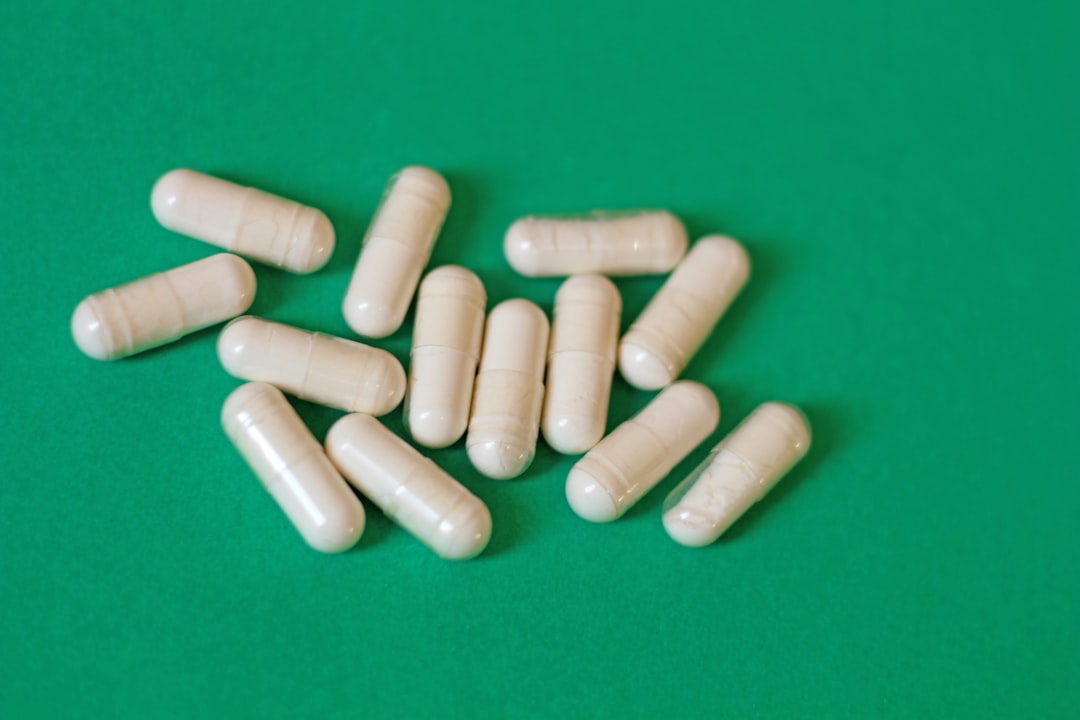
Magnesium is a mineral that supports muscle relaxation and nervous system balance—two keys for falling and staying asleep. Consumer testing referenced by Good Housekeeping showed meaningful sleep improvements with magnesium products, including longer sleep duration and better reported sleep quality (Good Housekeeping, 2025). Most practitioners recommend forms like magnesium glycinate or magnesium L‑threonate because they’re easier on the gut and better tolerated than magnesium oxide. Typical supplemental ranges many clinicians use fall between 200 and 400 mg taken about 30–60 minutes before bed; start at the lower end and adjust if needed while watching for loose stools. People with reduced kidney function should avoid or only take magnesium under medical supervision because the body handles minerals differently when kidneys are compromised (NIH Office of Dietary Supplements). Also space magnesium away from very high-dose calcium or zinc so your body can absorb each mineral without overload (Men's Health commentary on supplement spacing). If you’re on prescription medications, mention magnesium to your clinician: it can interfere with the absorption of some antibiotics and bisphosphonates, for example. When used thoughtfully, magnesium is a low-risk place to begin building a sleep supplement stack.
2. L‑Theanine + Apigenin: Calm without grogginess
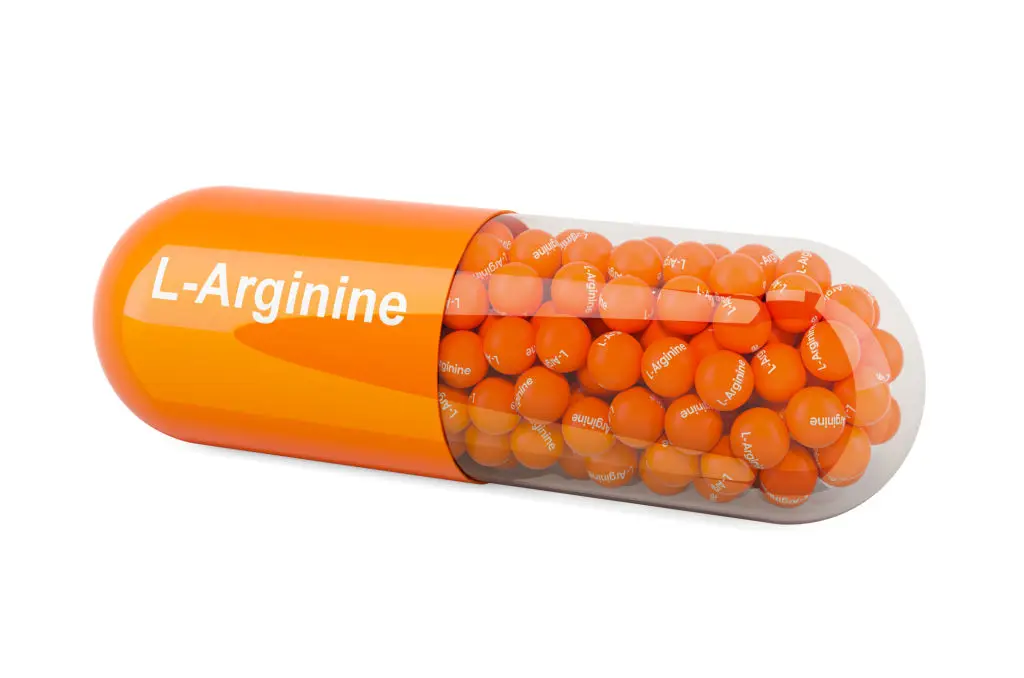
L‑theanine is an amino acid often taken from green tea that promotes relaxed alertness and smoother transition to sleep for anxious minds. Apigenin, a flavone found in chamomile and other herbs, has mild calming effects with early research suggesting it may help sleep onset. Together these two ingredients form a gentle pairing that many people find useful as part of a nightly routine. L‑theanine doses commonly used in studies and consumer products range from 100 to 200 mg; apigenin amounts in commercial supplements vary but are generally lower and intended as a subtle sleep-promoting component. This pairing rarely causes heavy next‑day sedation, which makes it attractive for older adults who want clearer mornings. Still, take them separately from strong sedatives and mention them to your clinician if you’re on blood pressure medication because L‑theanine can lower blood pressure in some people. Also prefer products with transparent labeling and standardized ingredient amounts rather than vague "relaxation blends." Start with a single ingredient first, then add the second if you need a stronger effect. That slow approach helps you tell which ingredient is helping and reduces the chance of unnecessary interactions.
3. 5‑HTP: Consider when mood and sleep are linked

5‑HTP is a serotonin precursor that can help people whose sleep problems are intertwined with low mood or anxiety. Consumer testing panels and some clinical studies report improved sleep measures with thoughtfully dosed 5‑HTP products (Good Housekeeping, Holland & Barrett testing). Common dosing ranges used in supplements and trials are roughly 50 to 200 mg taken before bed, though responses vary widely. Because 5‑HTP affects serotonin pathways, it carries important safety considerations: do not combine 5‑HTP with SSRIs or other antidepressants without medical supervision due to the theoretical risk of serotonin excess. People with bipolar disorder or those on monoamine‑modulating medications should avoid 5‑HTP unless a prescriber says it’s safe. Pregnant or breastfeeding people should avoid 5‑HTP because safety data are limited. If you and your clinician agree 5‑HTP may help, start very low and monitor mood and sleep closely. As with other supplements, prioritize products that list exact 5‑HTP amounts on the label instead of hiding them within proprietary blends.
4. Montmorency cherry and calming botanicals: supporting melatonin naturally

Montmorency cherry extract is a natural source of melatonin and antioxidants and shows promise for modestly improving sleep timing and duration in some studies. Adaptogenic mushrooms like Reishi are sometimes included for their calming, restorative reputation. When combined with gentle botanicals—chamomile, lemon balm, or passionflower—these ingredients can support the body’s sleep drive without heavy sedation. Consumer-level blends that use Montmorency cherry often aim for evening use and may provide small increases in natural melatonin levels; that can be useful when your sleep timing needs nudging rather than a sedating push. Safety is typically good for most adults, but check for interactions with immune-modulating drugs when considering Reishi or other mushroom products. For older adults, choose single-ingredient or clearly labeled formulas and use them for defined trial periods (two to four weeks) while tracking sleep. If you’re on medications that affect blood clotting or immune function, consult your clinician first. Botanical approaches often pair well with basic sleep hygiene, making them a supportive element in a cautious, evidence-informed stack.
5. Thoughtful combination stacks: choose tested formulas, not more ingredients

Some multi-ingredient sleep stacks combine magnesium, L‑theanine, apigenin, and other compounds at doses that are standardized and tested. Products like Momentous Nightly Sleep Stack are built around ingredients with supporting evidence; ZMA-style combinations (zinc + magnesium + vitamin B6) can help both sleep and morning mood for some people. The advantage of a reputable combination product is that it removes guesswork on doses and interactions—assuming the manufacturer provides transparent labeling and third‑party testing. The downside: proprietary or overpacked stacks may include unnecessary ingredients or duplicate minerals that increase kidney load. A smart approach is to pick one well-dosed, evidence-based stack and avoid adding multiple separate supplements that overlap in active ingredients. Start with a single combination product for two to four weeks while logging sleep quality. If you plan to combine a ready-made stack with single-ingredient supplements, map the ingredient list carefully. Look for third‑party testing seals and consult your clinician if you’re on blood thinners, blood pressure meds, or other prescription drugs.
6. Melatonin: avoid high-dose, nightly reliance
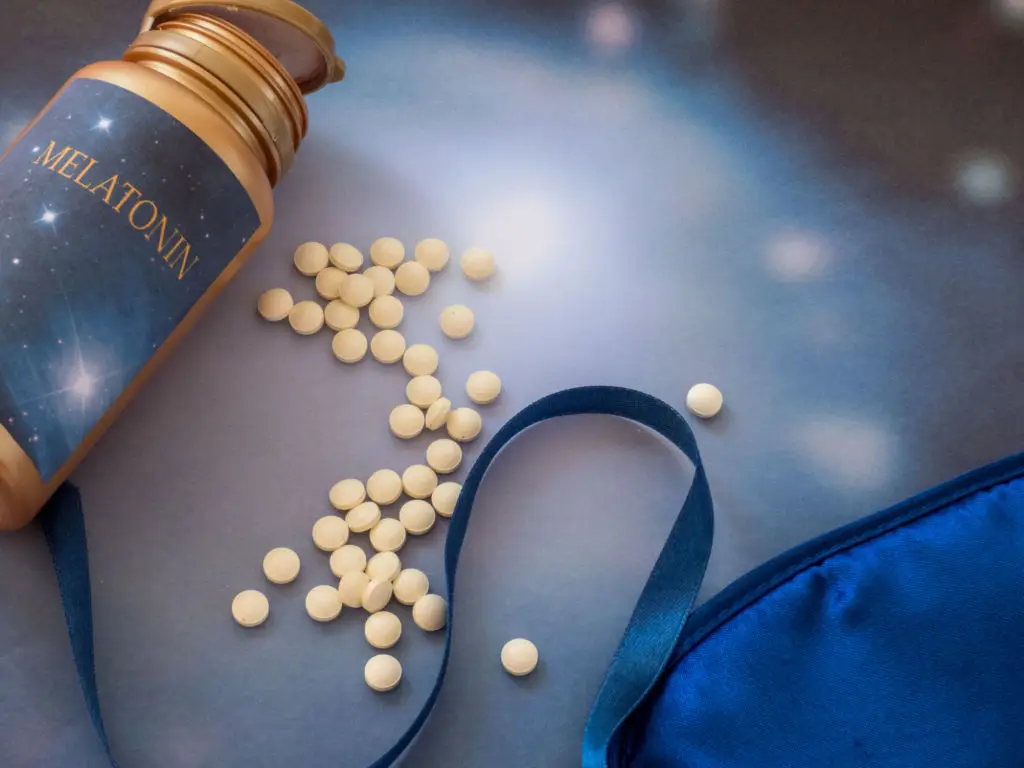
Melatonin can be effective for shifting circadian timing and helping people fall asleep faster. But too often it’s treated as a nightly quick fix at very high doses. Clinical guidance typically supports low doses—often in the 0.5 to 5 mg range—timed for when you want your body to fall asleep; higher doses don’t reliably work better and can cause morning grogginess or blunt natural production over time (Mayo Clinic). Older adults can be more sensitive to melatonin, so start low and use it short‑term for circadian issues like jet lag or shift changes. Using melatonin nightly at high doses without clinician oversight is a common misuse to avoid. If you’re trying to build a sleep supplement stack, view melatonin as a situational tool rather than the foundation. Always tell your clinician if you take melatonin because it can interact with blood thinners and certain diabetes medications, and because timing matters: taking it at the wrong hour can shift your sleep cycle in an unwanted direction.
7. Proprietary blends with hidden doses: skip these label traps
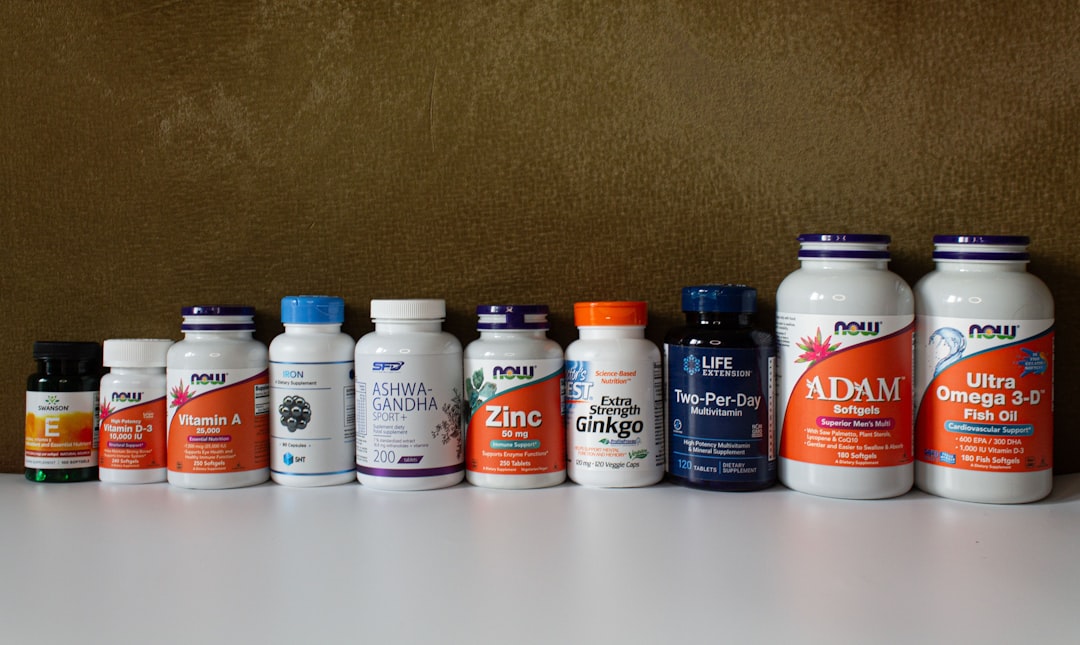
Proprietary blends are a red flag when building a sleep supplement stack. These products combine multiple actives and list a total blend amount while hiding exact doses of each ingredient. That makes it impossible to tell whether you’re getting a clinically effective amount or an insufficient trace. It also complicates stacking: you may inadvertently duplicate ingredients you’re already taking, or consume a higher cumulative dose that increases side-effect risk. For older adults managing multiple prescriptions, transparency on each milligram matters. Skip supplements that rely on "proprietary blend" labeling in favor of brands that show exact amounts and source information. If cost is a concern, compare per-milligram pricing rather than assuming blends are better value. When a label is unclear, look for third‑party testing or contact the company for specifics. If they won’t provide clear amounts, choose a different product. Clear labeling protects you and your clinician’s ability to make safe recommendations.
8. Kava: avoid because of liver safety concerns
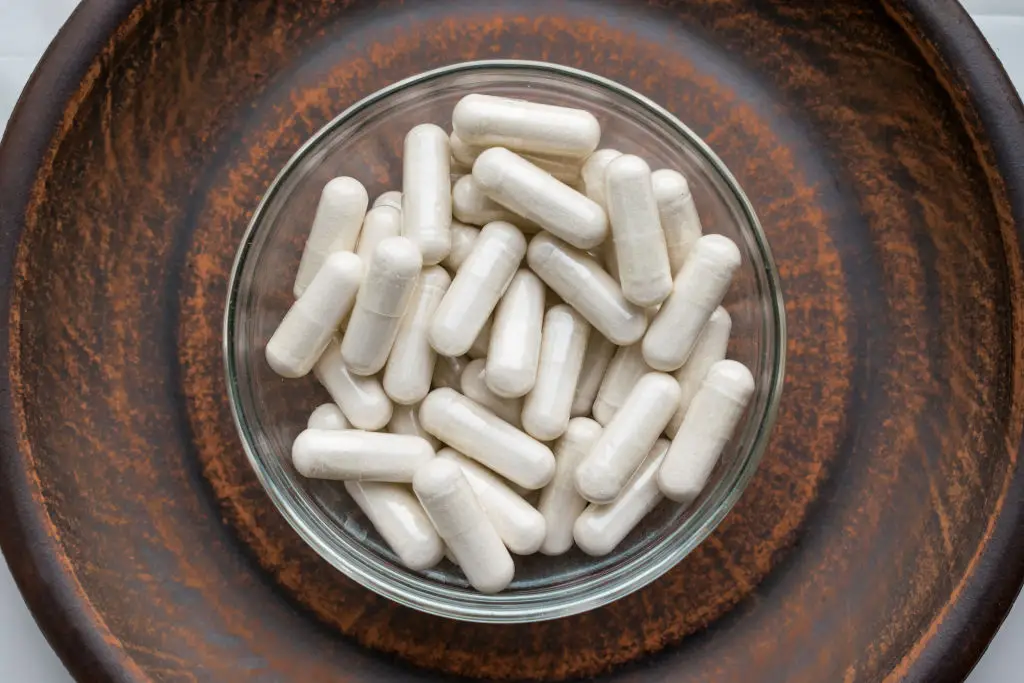
Kava has been used traditionally for anxiety and sleep, but it has a documented association with severe liver injury in some users. Because of that risk, regulatory bodies and clinicians urge caution or avoidance for routine use, especially among people who drink alcohol or use medications that affect the liver. The apparent sleep benefits do not reliably outweigh the potential for hepatic harm when safer alternatives exist. If you see kava in a sleep product, pause and talk to your clinician—particularly if you have any liver disease history, drink alcohol, or take meds that tax the liver. There are many other calming options (for example, L‑theanine or chamomile) that carry a much lower risk profile. For those who discover kava in legacy herbal formulations, consider swapping to an evidence-based alternative rather than taking the risk for what is often a marginal benefit.
9. Valerian root overreliance: use short-term, if at all

Valerian root is a traditional sleep herb with mixed study results. Some people report improved sleep onset, while clinical evidence is inconsistent. Regular, long-term use can lead to tolerance for some users, and valerian can interact with other sedatives, alcohol, and certain liver-metabolized drugs. Because of this, valerian is better thought of as a short-term option for specific needs rather than a cornerstone of a daily sleep stack. If you try valerian, keep the trial brief (a couple of weeks) and note any daytime drowsiness. Avoid combining valerian with prescription sedatives or heavy alcohol use due to additive sedation. Older adults should be cautious because metabolism and drug sensitivity change with age. When in doubt, pick a milder botanical or one with clearer dosing and safety data.
10. Mixing sedatives or combining supplements with alcohol: an avoidable danger

Combining sedating supplements with prescription sleep medications, strong antihistamines, benzodiazepines, or alcohol can cause dangerous additive effects—excessive drowsiness, slowed breathing, and impaired coordination. This is not a gray area: additive sedation is predictable and sometimes life‑threatening, especially for older adults who may process drugs more slowly. If you take any prescription sleep aid, sedating antidepressant, or opioid, do not add over-the-counter sedatives or alcohol without clear direction from your prescriber. A safer stacking approach is sequential and monitored: introduce one low-dose supplement at a time, wait several nights to observe effects, and get routine checks with your clinician. Always mention alcohol use when discussing sleep with your clinician because even moderate drinking interacts with many supplements and prescription medicines.
11. Complex nootropic sleep stacks: skip overly complicated regimens

Some marketed sleep stacks double as nootropic regimens that claim cognitive benefits in addition to sleep support. These multi-target products may include stimulatory or hormone‑modulating ingredients that complicate safety and lack rigorous sleep-focused testing. Overly complex regimens make it hard to tell which ingredient helps and which causes side effects. For older adults juggling other medications and chronic conditions, simplicity is safer and more effective: pick one evidence-based approach, test it, and only add another ingredient if you need incremental benefit. Complex stacks can also increase kidney and liver load when multiple vitamins and minerals are combined. If you’re curious about a nootropic-style product, discuss it with your clinician, check for third‑party testing, and avoid adding it on top of other supplements with overlapping ingredients.
Conclusion: Build slowly, prioritize safety, and track results

A sensible sleep supplement stack starts simple: magnesium or a gentle L‑theanine pairing, plus careful use of botanicals or a tested combination product when appropriate. Keep 5‑HTP reserved for cases where mood and sleep are linked—and only with clinician oversight if you take antidepressants. Avoid high-dose melatonin as a nightly habit, steer clear of proprietary blends with hidden doses, and do not mix sedatives or drink alcohol with sleep aids. For people in their mid‑40s and beyond, physiology and medication lists often change, so the safety emphasis matters more today than ever. When adding supplements, use a stepwise approach: introduce one product at a time, track sleep with a simple journal or tracker, and give each trial at least two to four weeks. Document side effects and share the list with your clinician to keep interactions front of mind.